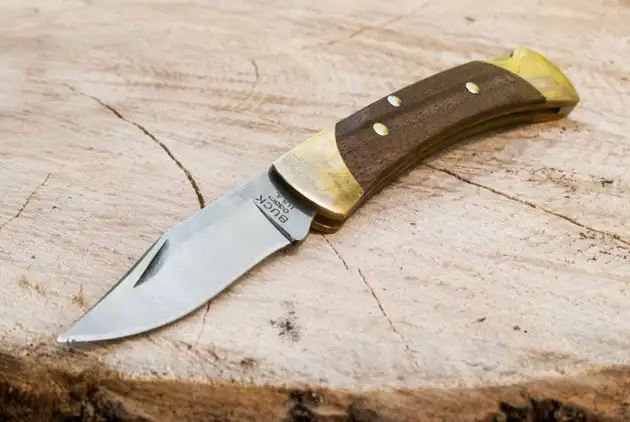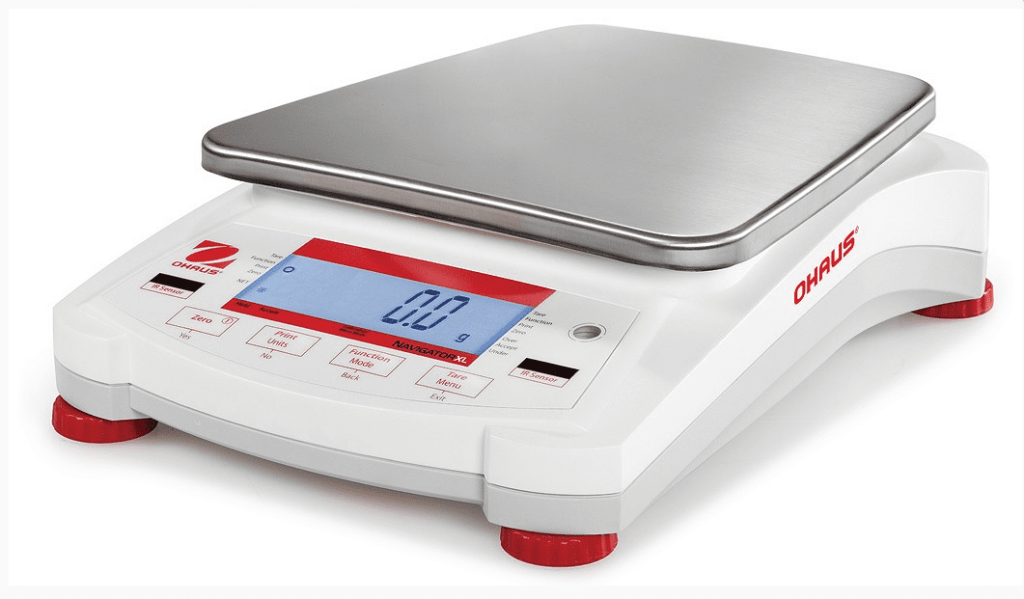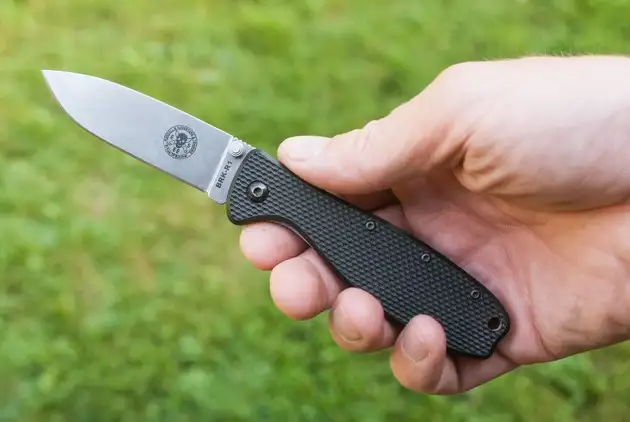Are you looking for a pocket-sized, trustworthy tool? Pocket knives work! For millennia, pocket knives have been used for everyday activities and survival. What’s an excellent pocket knife? This tutorial will cover the key factors to consider when purchasing a pocket knife that fits your needs and exceeds your expectations.
The Importance of a Quality Pocket Knife
Let’s first understand why a good pocket knife is so important before diving into its details. A good pocket knife can cut, slice, unbox, prepare meals, and even defend you. A well-made pocket knife is useful for outdoor enthusiasts, handymen, and anybody who appreciates having a reliable tool on hand.
What Makes a Good Pocket Knife?

Blade Material—Quality’s Foundation
Pocket knife blade material is crucial. Blade strength, longevity, and corrosion depend on steel type. Stainless steel blades balance strength and corrosion resistance in high-quality pocket knives. 440C, AUS-8, and VG-10 are popular stainless steels. These materials are durable and easy to maintain.
Designing Blades
Different pocket knife blades serve different functions. Drop point, tanto, clip point, and spear point blades are most prevalent. The tanto blade pierces and slices, while the drop point is adaptable.
The spear point pierces and thrusts, while the clip point gives exact control. Choose a blade design based on how you use your pocket knife.
Comfortable Handles
Pocket knife grip and comfort depend on handle material. Wood, G-10, carbon fibre, and stainless steel handles are common. Wood handles are classic but require additional upkeep.
G-10 and carbon fibre grip well in damp circumstances, while stainless steel handles are durable and wear-resistant. Before choosing a handle material, consider ergonomics, aesthetics, and utility.
Locks: Safety First
A decent pocket knife should have a secure blade locking mechanism. Liner, frame, and rear locks are common locks. Liner locks are one-handed, while frame locks are strong. Back locks are secure. Pick a locking mechanism that protects the knife and user.
Balance Portability and Functionality

Pocket knives range from little to huge and sturdy. Pocket knives’ portability and functionality depend on their size and weight. Smaller knives are easier to carry and suited for urban applications.
Larger knives are more powerful and versatile, but heavier. Consider your intended application and find the right size-function balance.
Easy Opening:
A pocket knife’s opening mechanism controls how fast it opens. Manual, assisted, and automatic opening mechanisms exist. Assisted opening features like thumb studs or flipper tabs allow one-handed deployment. Switchblades, or automatic opening knives, open instantly with a button. Choose an opening method that suits you and local legislation.
Fine or serrated?
Pocket knife edge type is another important factor. Fine edges can slice and carve precisely. However, serrated edges have little teeth for cutting rope and cardboard. Some pocket knives have serrations and a fine edge for optimal flexibility. Choose an edge type based on your tasks.
The Right Bevel
The blade’s bevel is called the grind. Blade grinds affect sharpness, durability, and cutting performance. Hollow, flat, and convex blade grinds are frequent. Hollow grinds are razor-sharp yet more fragile.
Flat grinds balance sharpness and durability. Convex grinds slice and last. Choose a blade grind based on its use and maintenance.
Functionality Improvements
Many pocket knives have additional features to improve their functionality. A pocket clip, glass breaker, and fire starter are usual extras. Depending on your needs and tastes, these optional features might add value and variety to your pocket knife.
Pocket Knife FAQ
Are pocket knives legal?
Pocket knives are permitted in some places. Know the local pocket knife laws. Some places allow pocket knives with particular blade lengths and opening methods, whereas others do not. Avoid legal troubles by following local laws.
Pocket knives for self-defense?
A pocket knife’s main use is utility, although it can be used for self-defense in emergencies. If you carry a pocket knife for self-defense, get sufficient training and know the laws inhttps://knifewave.com/ring-knlegal-length-of-a-knife-in-california-exploife-laws-and-regulations/ your state.
Maintaining a pocket knife?
Pocket knives need regular upkeep. To prevent rust, wash and dry the blade and handle with mild soap and warm water. Lubricate pivot points and other moving parts with a little oil. Sharpen the blade as needed with a suitable system or a professional.
A pocket knife?
Transporting a pocket knife takes careful consideration of rules. Pocket knives are allowed in checked luggage but not carry-on. It’s important to check with the airline and review TSA standards to guarantee compliance. When travelling by automobile or train, learn the local laws.
Any good pocket knife brands?
Many respected brands make high-quality pocket knives. Benchmade, Spyderco, Buck, Gerber, Kershaw, and Victorinox are popular. Craftsmanship, materials, and detail are hallmarks of these brands. To choose the greatest model for your needs and budget, study and read reviews.
A pocket knife for food prep?
Stainless steel pocket knives can be used for food preparation. Before using, the knife must be clean and sanitised. Avoid pocket knives with wooden or other bacteria-prone handles. Consider a folding pocket knife for cleaning and storage.
Conclusion
In conclusion, choosing a decent pocket knife involves many aspects. The knife’s quality and usefulness depend on its blade, handle, and locking mechanism. Consider your needs, local laws, and comfort.
Research respected brands, read reviews, and if feasible, hold the knives to assess their ergonomics and quality. You may confidently buy a reliable and multifunctional pocket knife by following these rules and learning what constitutes a good one.
